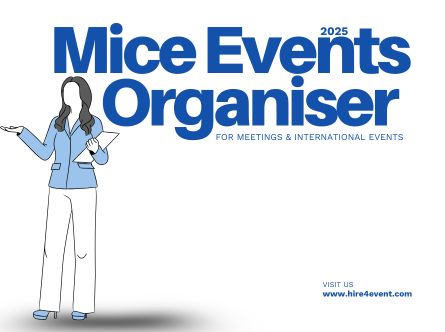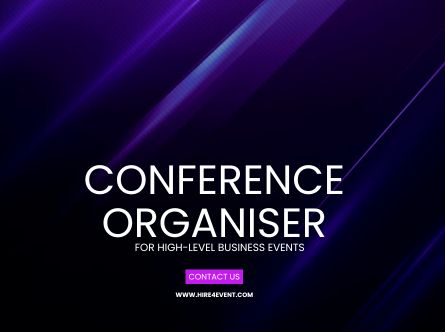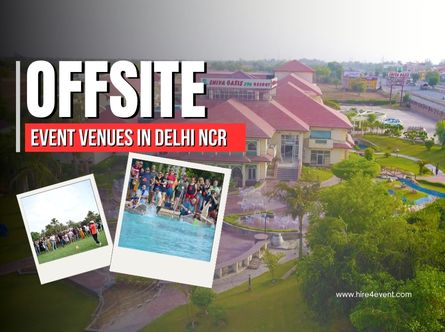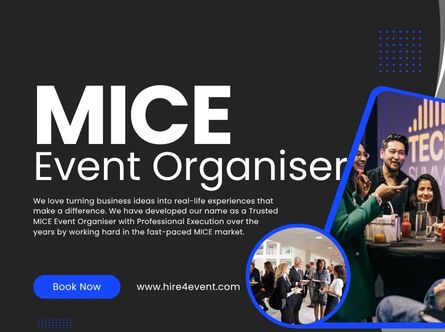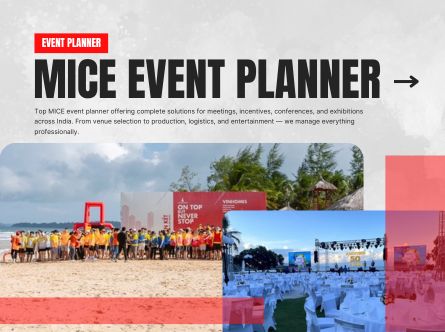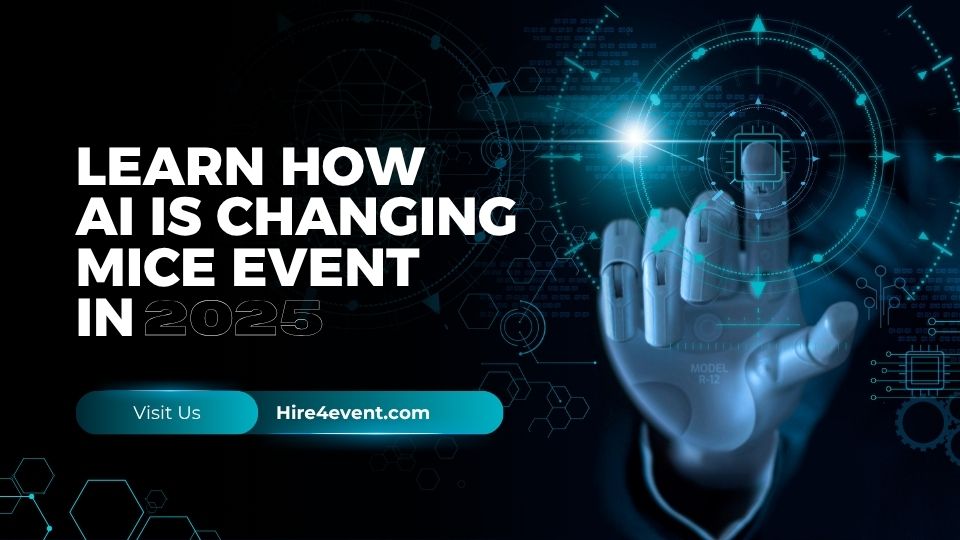
The MICE market, which stands for Meetings, Incentives, Conferences, and Exhibitions, is going through a huge change in 2025 because of how quickly Artificial Intelligence (AI) is getting better. Events that used to depend on manual coordination and generic experiences are increasingly heading toward hyper-personalized, data-driven, and highly automated events. AI is changing the whole lifespan of events, not just how MICE events are planned.
1. Better planning with predictive analytics
No more guessing when it comes to arranging events. Using historical data and real-time insights, AI-powered technologies now assist planners guess how many people will show up, when the best dates are, what attendees want, and even how the weather will be. Planners can now plan events that are more focused, effective, and successful thanks to platforms like ChatGPT, Einstein AI, and IBM Watson.
For example, AI technologies can use data from around the world on travel, weather, and market interest to advise the optimum time to hold a conference in Bangkok.
2. An Experience That Is Very Personal for Each Attendee
AI makes the experience of each guest unique from start to finish. Machine learning algorithms make sure that every delegate has a unique experience, from personalized email marketing to app notifications based on their preferences.
Real-time translation, face recognition check-ins, and AI-powered networking apps connect people with other people, exhibitors, or speakers who share their interests. This makes conferences more useful and interesting.
3. Chatbots and Virtual Assistants
AI chatbots are the new front desk. They answer questions, share schedules, help with registration, and take care of FAQs around the clock. These virtual assistants are now smarter because to NLP (Natural Language Processing). They can have natural conversations, which makes things easier for human personnel and speeds up service.
Bonus: These bots also keep track of the most common questions, which helps planners make future events even better.
4. AI in picking speakers and curating content
Artificial intelligence systems look at attendee characteristics, emerging issues, industry data, and even global mood to suggest speakers and subjects that are relevant. This makes sure that the material of your conference is not just timely, but also what your audience really desires.
At example, an AI system could suggest a keynote speech about sustainability at a tech summit in Ho Chi Minh City based on recent conversations about green tech on LinkedIn and Twitter.
5. Facial Recognition and Biometric Check-In
In 2025, facial recognition and biometric check-ins make it easier to get into MICE events. These AI capabilities make the experience easier for delegates by cutting down on wait times, improving security, and keeping track of attendance in real time.
Security Boost: AI-powered surveillance systems can also spot strange activity in crowds, making the area safer.
6. Smart Suggestions and Networking
Networking is an important feature of MICE events. AI matchmaking programs propose people to meet based on their work titles, interests, and how they have interacted with one other in the past. These technologies also set up meetings on their own based on when everyone is free, which takes care of all the planning problems.
Thanks to real-time attendance profiling, a startup founder from Mumbai can meet a VC from Singapore at a Singapore Expo.
7. Feedback and sentiment analysis in real time
AI technologies may now look at how people feel about things on social media and get real-time input during sessions. Facial expression monitoring (with consented video feeds), crowd polls, and live sentiment dashboards allow organizers make changes on the fly.
This means that event management can quickly change speakers, the temperature, or the layout of the food based on how the crowd feels. This is something that was not possible until recently.
8. Automating Analytics After the Event
AI tools don't go to sleep when the event is over. They put together reports, look at attendance statistics, figure out how engaged people are, and come up with useful insights. In just a few hours, organizers may find out what worked, what didn't, and how to make things better.
9. Lastingness By managing resources smartly
AI is making events more environmentally friendly. It makes everything better, from how much energy the venue uses to how much food it serves, dependent on how many people actually show up. Predictive AI saves down on food waste, needless printing, and the total carbon footprint.
10. Improvements to virtual and hybrid events using AI
AI tools make virtual platforms better by adding features like:
- Subtitles and translations that are made automatically
- Detecting emotions in people who are not there
- AI moderators for live Q&As
This makes sure that people who are online feel just as involved as those who are there in person, making the event genuinely inclusive.
In conclusion
AI in 2025 is no longer simply a buzzword for the MICE sector; it's a game-changer. AI is helping event planners make smarter, safer, and more impactful events, from planning to execution. Using AI tools will be necessary for success, whether you're conducting a conference in Delhi or a dealer meeting in Hanoi.
We use the latest AI tools in our event planning at Hire4Event to make sure your MICE events are efficient, interesting, and ready for the future. We can handle everything from smart matchmaking to real-time analytics to automated logistics.
Recent post
More of Our Services




